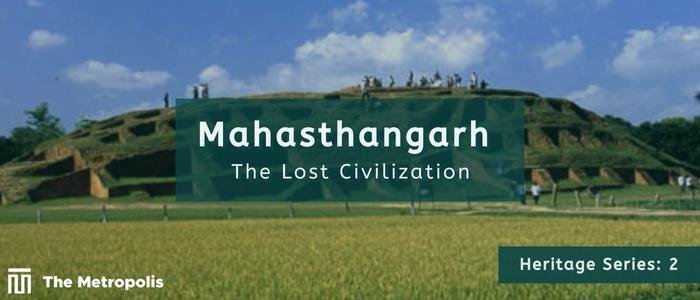Sidratul Mahmud –
Mahasthangarh is an ancient archaeological site located in Bogura, Bangladesh. It is regarded as one of the most significant historical locations in the nation and is frequently referred to as Bangladesh’s “cradle of civilization”. Both domestic and foreign tourists enjoy visiting this landmark, which has been listed as a UNESCO World Heritage Site and SAARC cultural capital.
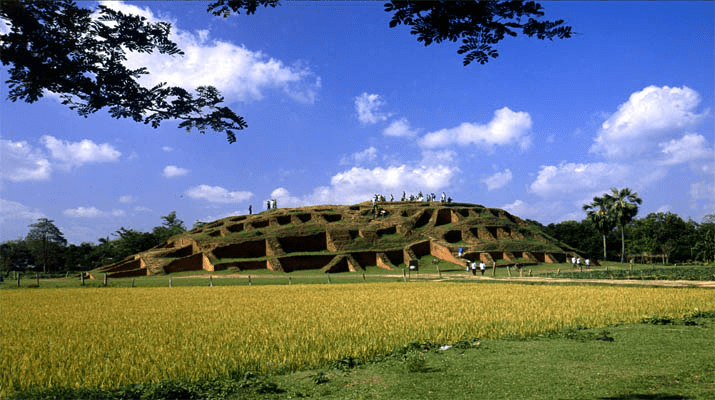
Mahasthangarh is regarded as one of the most significant ancient cities of the Indian subcontinent and is known to be the country’s first urban archaeological site. Being 36 meters high above sea level, this area is naturally safe from any flood which may have been the reason for such development. This site is home to numerous relics, including temples, palaces, fortresses, and other structures that were once inhabited by the Pundra, Mauryan, Gupta, and other ancient dynasties.
The extensive water management system at Mahasthangarh is an important finding. The Karatoa River ran alongside the city, and the people who lived there drew their water from it. However, the river would frequently dry up during the dry season, leaving the city’s residents without access to water. The ancient residents of Mahasthangarh created a vast network of canals and reservoirs to collect and store water during the monsoon season to solve this issue. This water management system is considered to be one of the most advanced of its time.
The history of Mahasthangarh dates back over 2,300 years, and the site has been continuously inhabited since then. The Mauryan Empire dominated the area in the third century BCE, which is when the earliest signs of human settlement in the area first appeared. According to legend, the Mauryan Emperor Ashoka traveled through the region in the third century BCE and built a stone pillar that is still visible today.
The city, known as Pundranagar back then, was renowned for its sophisticated culture and society, as described in old Indian writings. It was a notable Buddhist center and is thought to have contributed significantly to the growth of the faith in the area.
The Gupta Empire ruled over the city in the fourth century CE. It was one of the most powerful empires in India at the time and was an important trading center for goods such as cotton, silk, and spices. It also served as a significant hub for Buddhist education.
In the seventh century CE, the renowned Chinese Buddhist monk Xuanzang (Hieun Tsang) paid a visit to the city. He described it as a thriving academic hub with numerous Buddhist monasteries.
The Pala dynasty took control of the city in the ninth century CE. The city prospered under the Palas’ dominion because they were renowned patrons of the arts. During this time, several spectacular temples and monasteries were constructed.
Its prosperity continued unabated until the coming of the Muslims in the early 13th century. The Gauda region served as the Bengal Sultans’ new capital. Pundranagar was abandoned and permitted to deteriorate and fall into disrepair.
The site of Mahasthangarh was rediscovered by British archaeologist Alexander Cunningham in the 19th century. The excavation at Mahasthangarh began in 1928 under the leadership of Kashinath Narayan Dikshit, an archaeologist from the Archaeological Survey of India (ASI).
Over the years, many significant discoveries have been made at the site, including the remains of palaces, temples, fortifications, and other structures. These discoveries have helped researchers to piece together a detailed picture of the ancient city’s history and culture.
One of the most significant discoveries made at Mahasthangarh is the citadel with massive fortification walls. The oblong enclosure measures 1,523 meters by 1,371 meters, with an average height of 11 to 13 meters. They encircle the entire city and served as a defensive barrier against invaders.
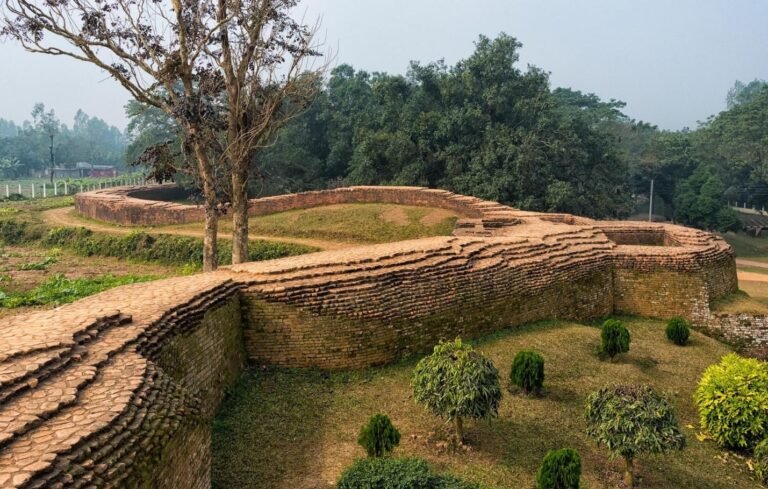
There are currently several mounds and architectural relics inside the fortifications. Some of these worth mentioning include –
-
Jiat Kunda (a well-said to have life-giving powers)
-
Mankalir Dhap (a location dedicated to Goddess Mankali)
-
Parasuramer Basgriha (a palace built by a king named Parasuram)
-
Bairagir Bhita (a palace built by a female anchorite)
-
Khodar Pathar Bhita (a location where God bestowed a stone)
-
Munir Ghon (a bastion).
There are a few gateways located in various locations, including Kata Duar (in the north), Dorab Shah Toran (in the east), Burir Fatak (in the south), and Tamra Dawaza (in the west).
A set of stairs known as Jahajghata is located at the northeastern corner of the area and was added subsequently. Govinda Bhita (a temple dedicated to God Govinda) is located on the banks of the Karatoa only a bit beyond Jahajghata.
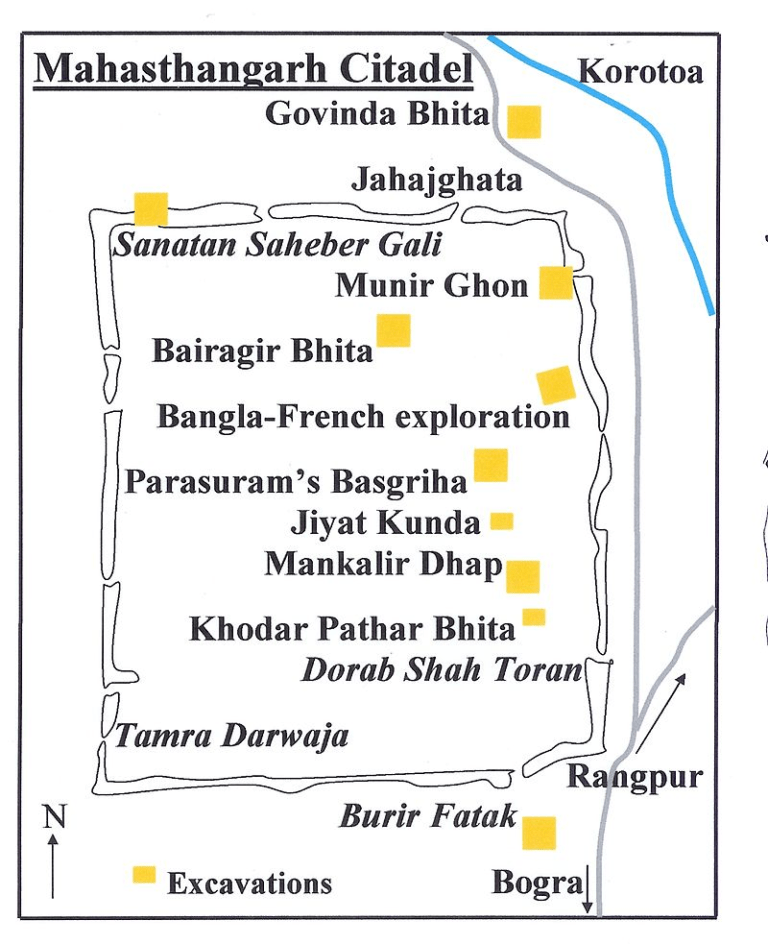
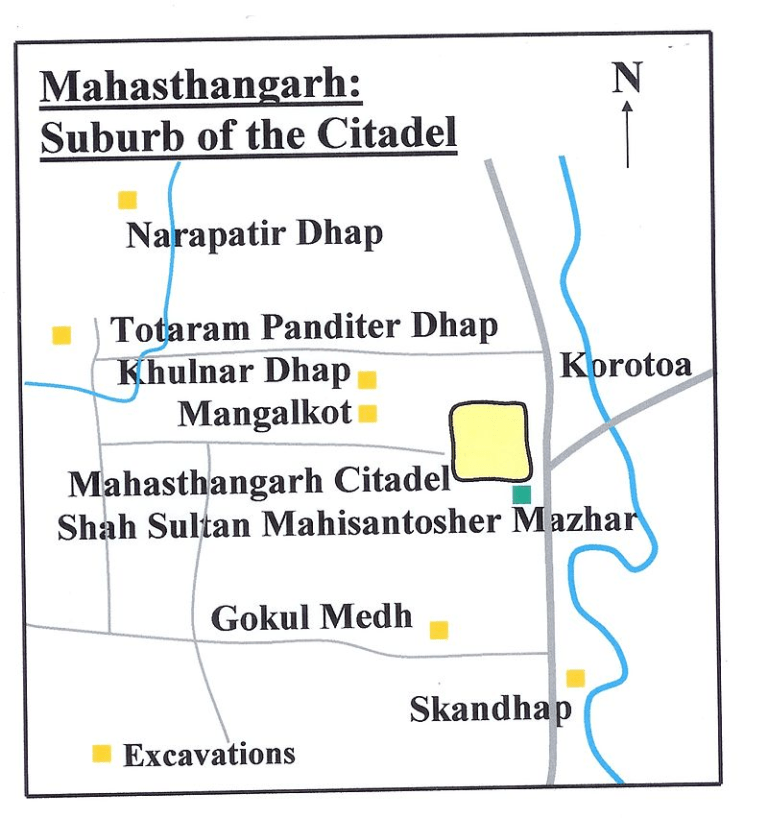
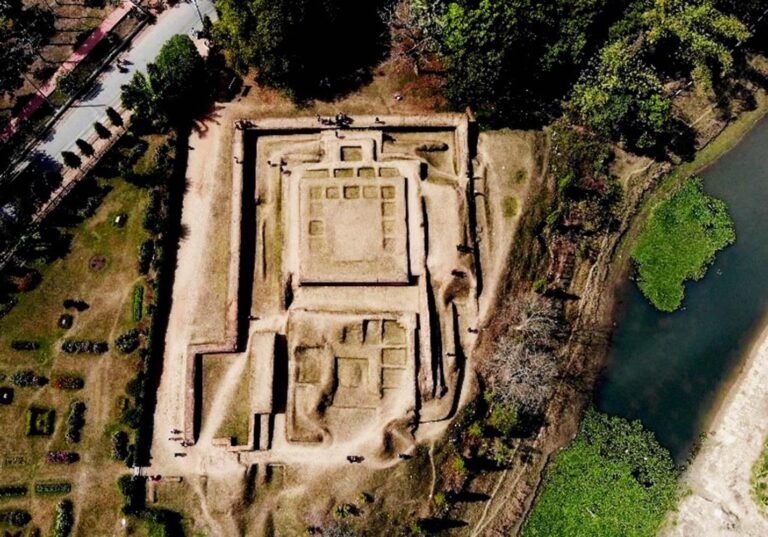
In addition to the fortified area, there are over 100 mounds dispersed over a 9-kilometer radius. The Mazar or Mausoleum of Shah Sultan Balkhi Mahisawar is a particular draw to Mahasthangarh (according to a popular legend a dervish who came to this region riding on a fish-shaped boat). He was a dervish of royal lineage who came to this area to spread Islam among the non-Muslims.
The location’s religious significance is further highlighted by the presence of a single-domed Mughal Mosque. The mosque exemplifies local masonry practice with its distinctive corbelled Bengali pendentive supporting the dome. The mosque was constructed by One Khodadil in 1719 CE, during the rule of the Delhi-based Mughal Emperor Farrukh Siyar, according to inscriptional sources. The mosque’s prayer hall was recently extended on all sides so many followers could attend and offer their prayers.
Researchers have also found a large number of objects at Mahasthangarh, including pottery, jewelry, and coins, in addition to these archeological discoveries. These artifacts shed light on the customs and culture of the people who lived in the city. It is thought that the coins discovered in Mahasthangarh are some of the earliest examples of coinage in South Asia.
Apart from the above structures, the site is also home to a museum that houses a collection of artifacts discovered at the site. The museum exhibits pottery, coins, jewelry, and other items that were used in the daily lives of the ancient inhabitants of the city.
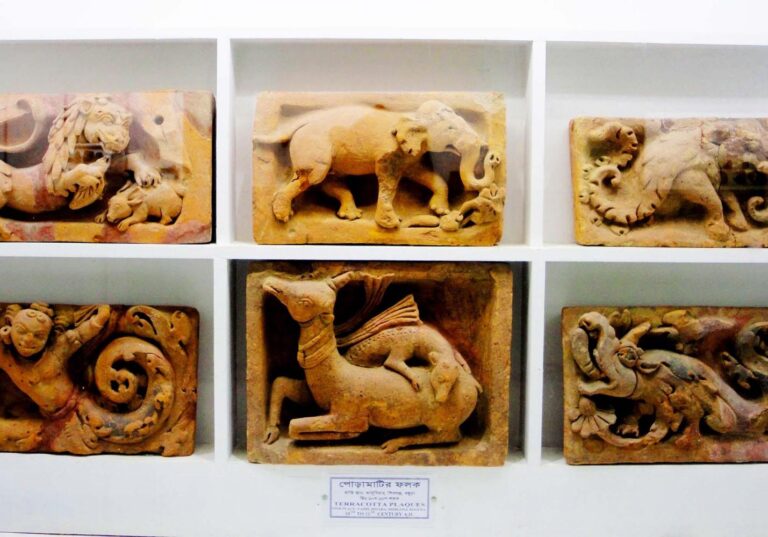
The government of Bangladesh has recognized the importance of Mahasthangarh as an important cultural and historical site, and it has taken several measures to preserve and promote the site. The site has been declared a protected archaeological zone, and several conservation and restoration projects have been undertaken to preserve the ancient ruins.
Mahasthangarh is located in the Bogura district of Bangladesh, about 200 km from Dhaka. The site can be reached by road, rail, or air. If you are traveling by road, there are regular bus services from Dhaka to Bogura. From there, you can hire a local vehicle to reach the site. If you prefer to travel by train, there are regular train services from Dhaka to Bogura. The nearest airport to the site is the Shah Mokhdum Airport in Rajshahi, which is about 80 km from Mahasthangarh.
The best time to visit Mahasthangarh is from November to March when the weather is pleasant and dry. During the monsoon season, the site can be difficult to navigate due to heavy rainfall and muddy roads.
There are a few hotels and guesthouses in Bogura that offer accommodation for tourists. Some of the popular options include Momo Inn, Hotel Naz Garden, Hotel Siesta, and Parjatan Motel. If you prefer to stay closer to the site, there are a few local guesthouses that offer basic amenities.
Another important aspect of Mohastangor’s heritage is its traditional food. The villagers are known for their delicious and flavorful dishes, which are made with fresh, locally sourced ingredients. Some of the most popular dishes in Mohastangor include pitha, a type of rice cake, and kotkoti, which are crispy, deep-fried snacks. The villagers also make a variety of sweetmeats and confectioneries, which are popular among both locals and tourists.
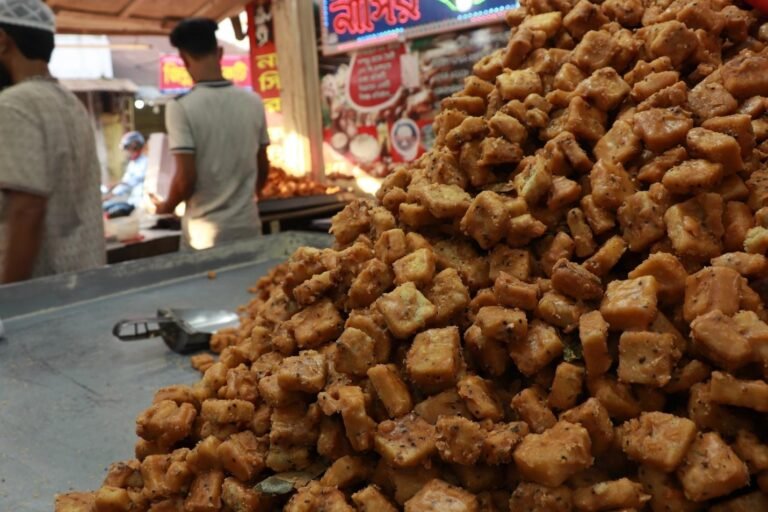
The antiquities at Mahasthangarh are not only important for their historical and cultural significance, but they also have significant economic value for the local community. The site attracts a large number of tourists each year, and it is an important source of income for the local economy.



